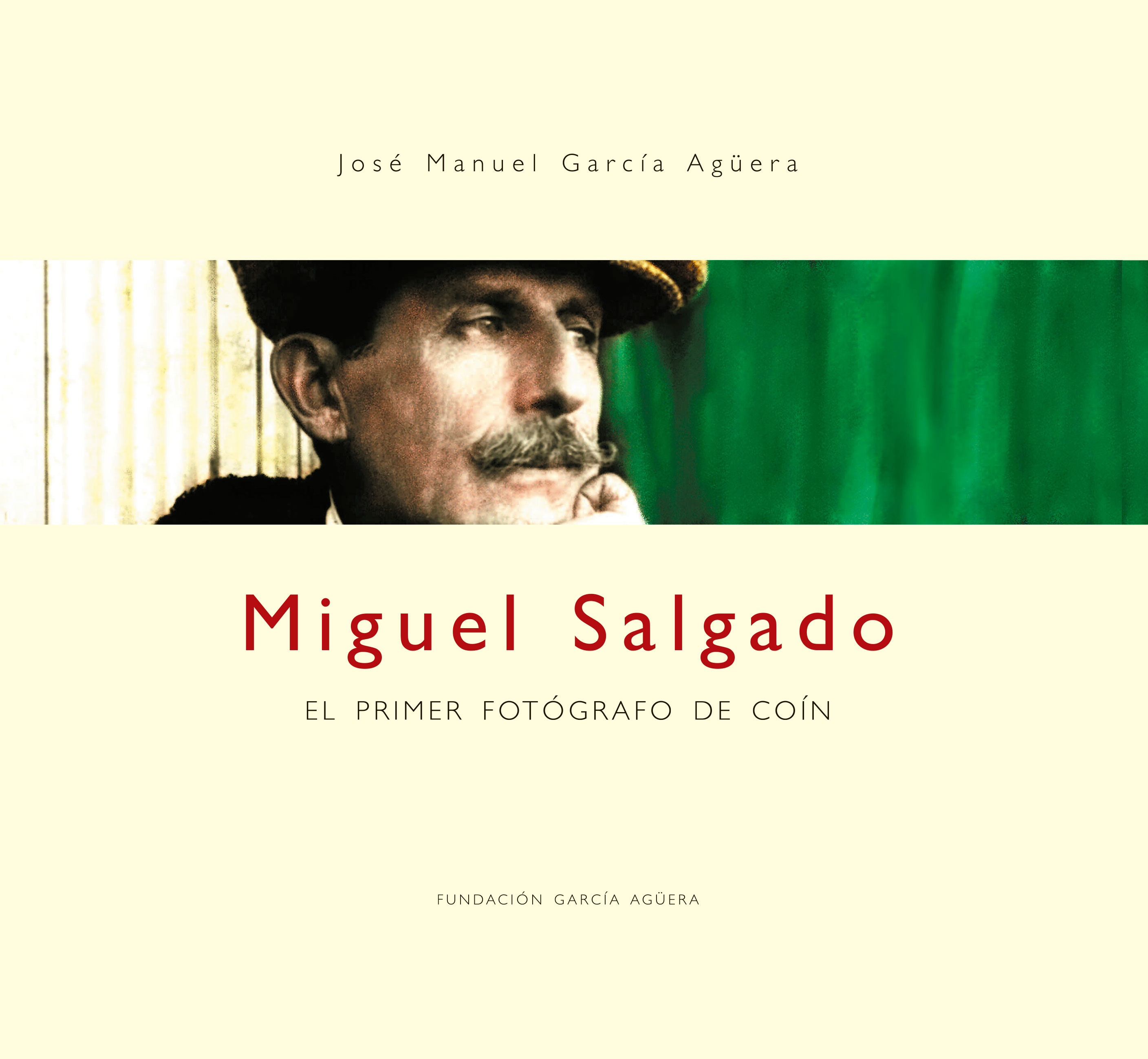Coín presents a book that recognizes the figure of Miguel Salgado, the first photographer of Coín
‘Miguel Salgado. The first photographer of Coín', edited by the García Agüera Foundation and the Coín City Council, will be presented on Friday, September 23 at 8:00 p.m. at the Convent of Santa María. The Coín City Council and the García Agüera Foundation present the new book 'Miguel Salgado, the first photographer of Coín', written by the former president of the foundation, José Manuel García Agüera. The specimen brings together the first known images of this Malaga municipality and of the towns of the Guadalhorce region, since the history of photography was beginning to be written at the time when the snapshots of the Coín countryman date. The event, which will take place on Friday, September 23 in the former convent of Santa María de la Encarnación, will bring together numerous representatives of the local culture and social fabric. The event will be chaired by the mayor of the city, Francisco Santos, together with the Councilor for Culture, Dori Luque. On behalf of the foundation, its director and responsible for the careful edition, José Manuel García Fernández; the director of the organization's historical archive, Francisco Marmolejo, and the patron and foreword of the book, José Antonio Urbano. It is a project of the García Agüera Foundation that the Coineño City Council has supported from the beginning to make it a reality and one more document of the extensive heritage of the city.  The work of García Agüera invites us to take a complete walk through the life and work of the enlightened Miguel Salgado, born in Coín in the middle of the 19th century, and, at the same time, to a calm journey through the memory of many of the contemporary Coineños and Coineñas, who , through a conscientious photographic album, they will have at their fingertips the heartbeat of the local society of the early 20th century. The author shows the Coin of Miguel Salgado, his women and his men and the space in which they operate. Readers from outside Coín will also find in the work valuable knowledge about an incipient technique of photography and the first progress in its transformation process. The author has managed to narrate the evolution of a town in Malaga at the dawn of the 20th century, displaying the graphic legacy of Miguel Salgado as a witness to generational changes. With these wickerwork, and with the help of a group of enlightened friends of the foundation, to whom José Manuel García Agüera asked them to reflect on some of the old photographs, the author has managed to put together a historical text, a kind of local legacy that will not leave indifferent.
The work of García Agüera invites us to take a complete walk through the life and work of the enlightened Miguel Salgado, born in Coín in the middle of the 19th century, and, at the same time, to a calm journey through the memory of many of the contemporary Coineños and Coineñas, who , through a conscientious photographic album, they will have at their fingertips the heartbeat of the local society of the early 20th century. The author shows the Coin of Miguel Salgado, his women and his men and the space in which they operate. Readers from outside Coín will also find in the work valuable knowledge about an incipient technique of photography and the first progress in its transformation process. The author has managed to narrate the evolution of a town in Malaga at the dawn of the 20th century, displaying the graphic legacy of Miguel Salgado as a witness to generational changes. With these wickerwork, and with the help of a group of enlightened friends of the foundation, to whom José Manuel García Agüera asked them to reflect on some of the old photographs, the author has managed to put together a historical text, a kind of local legacy that will not leave indifferent.


